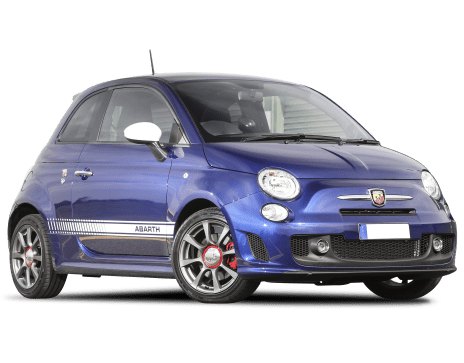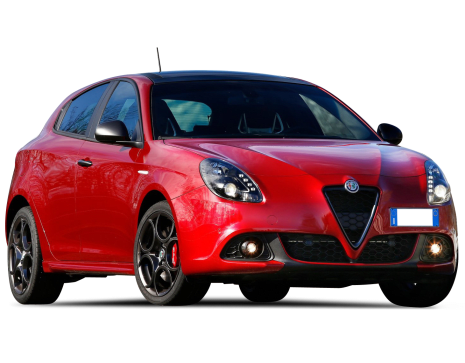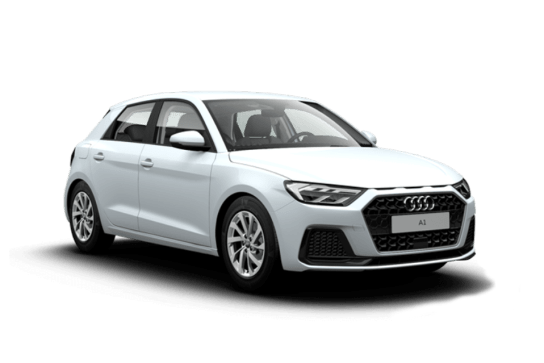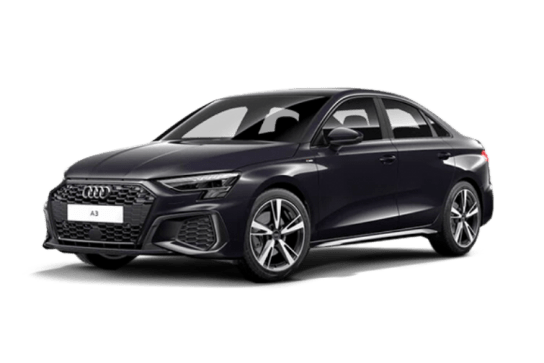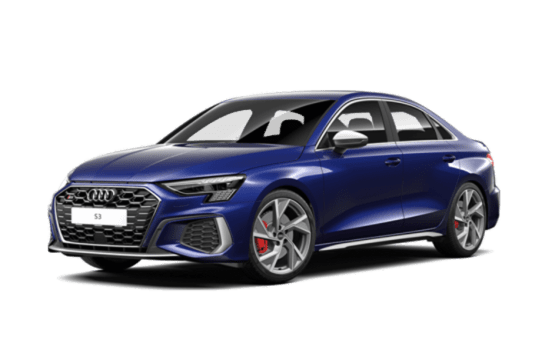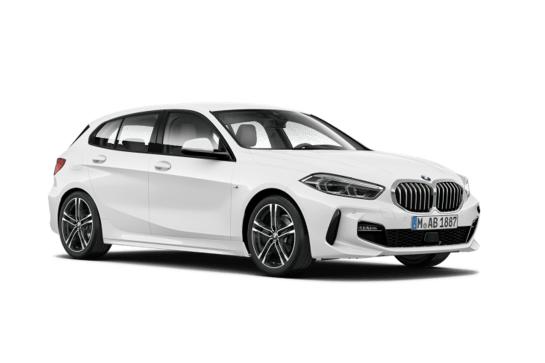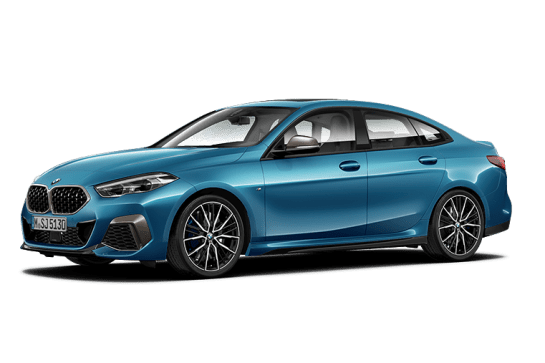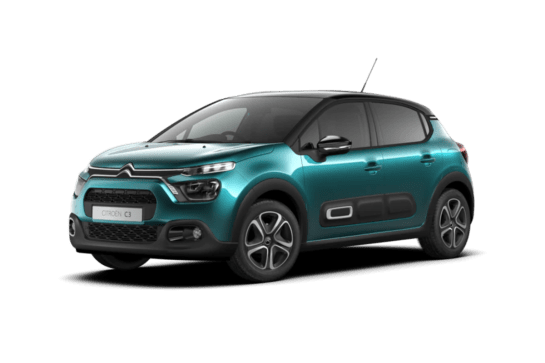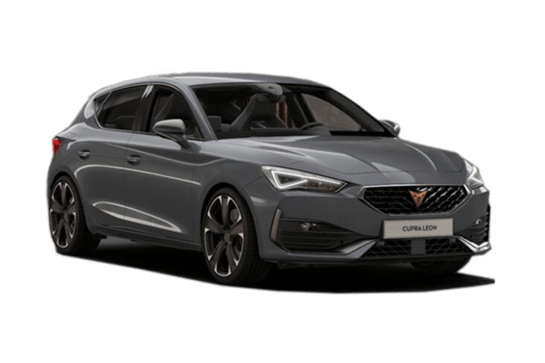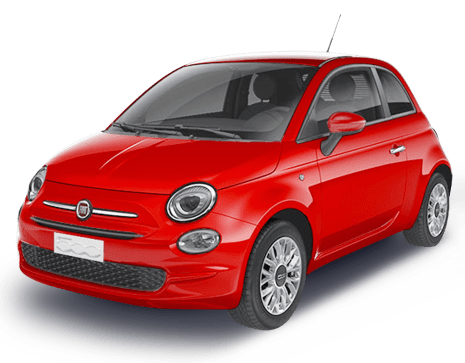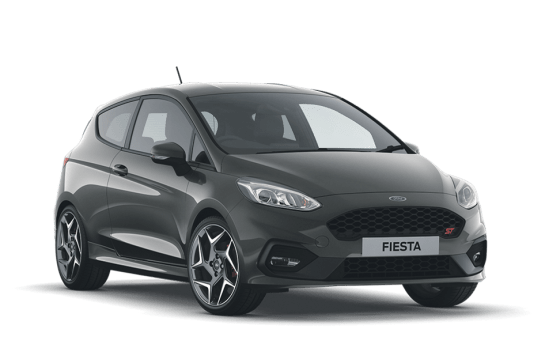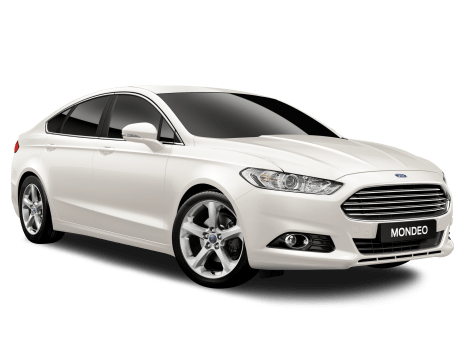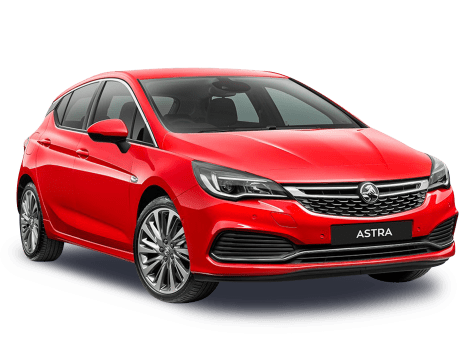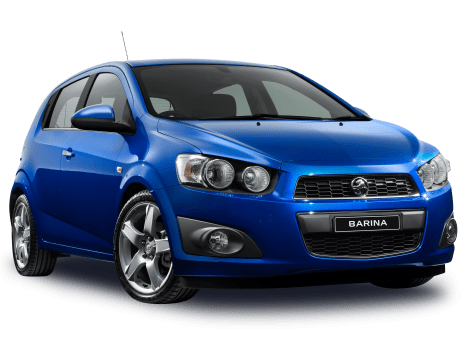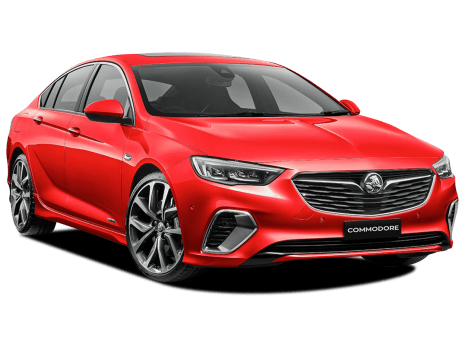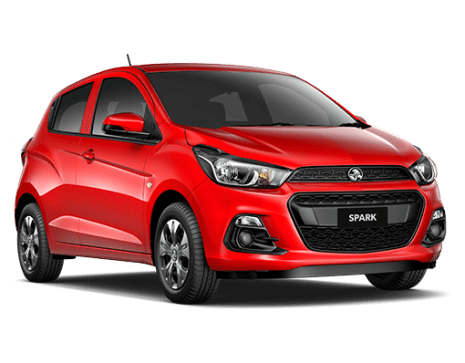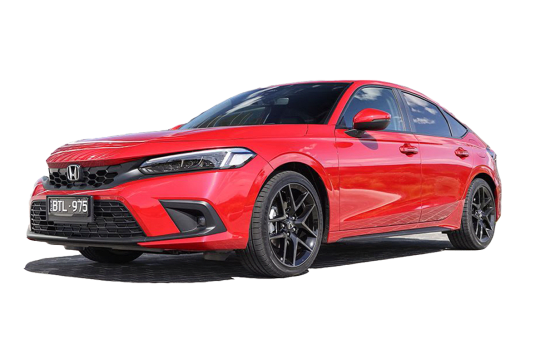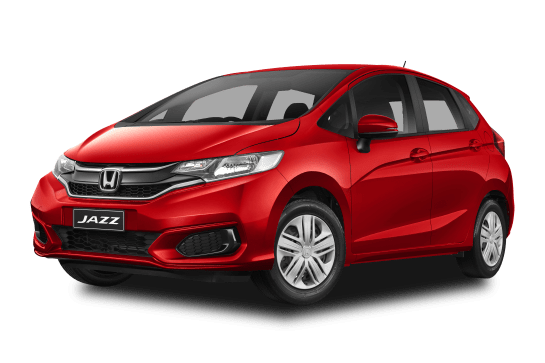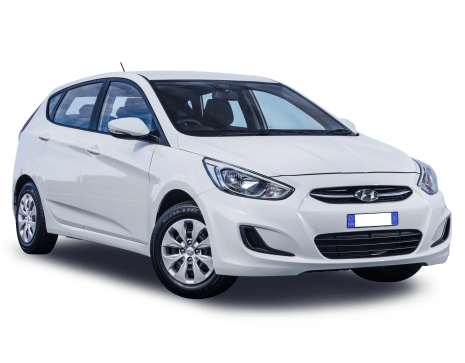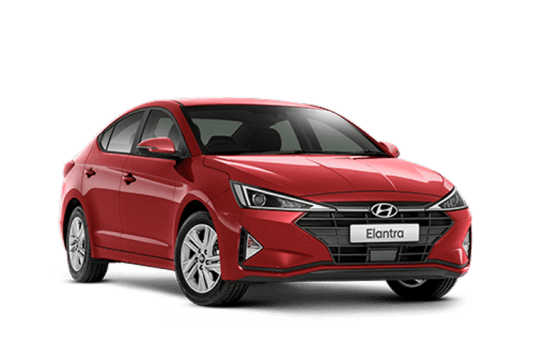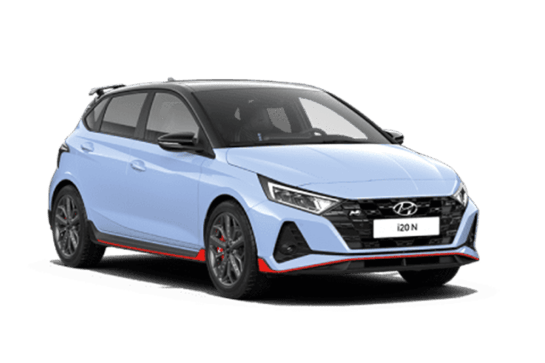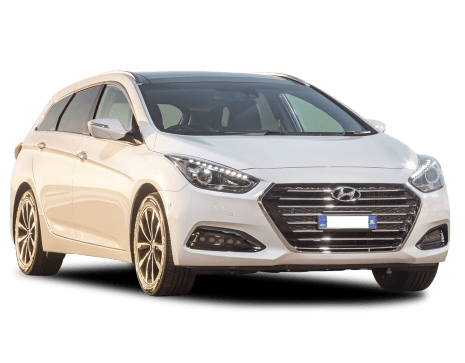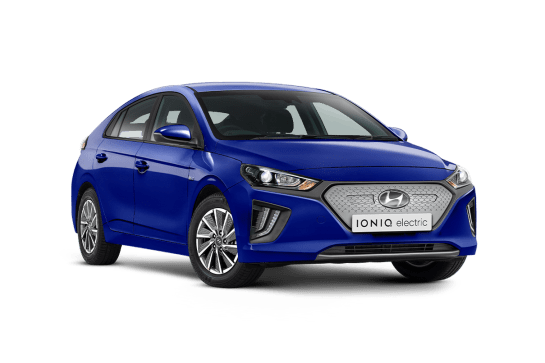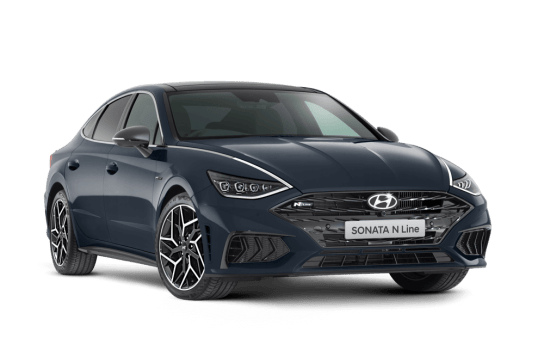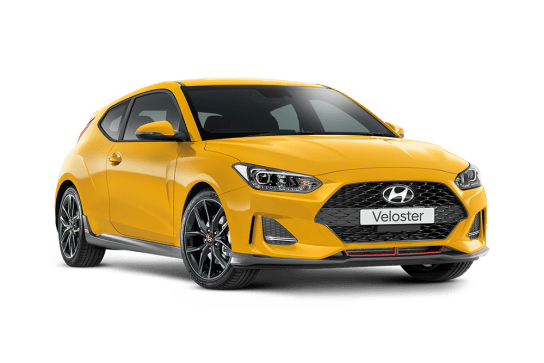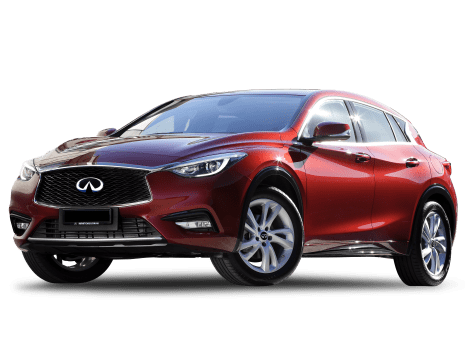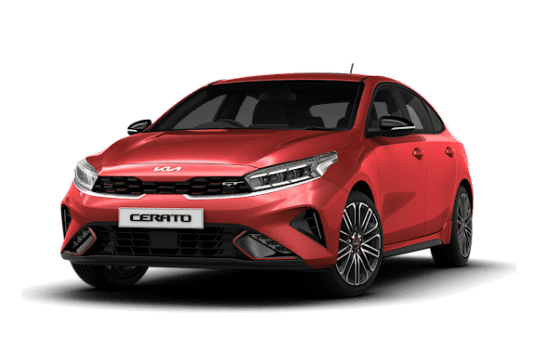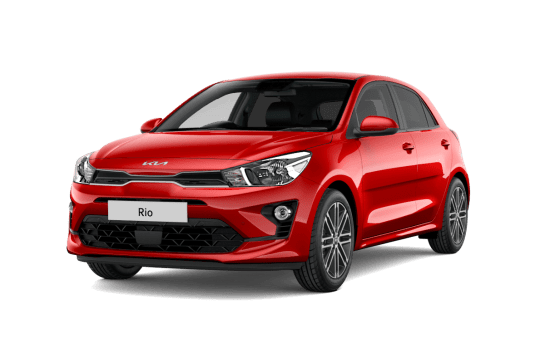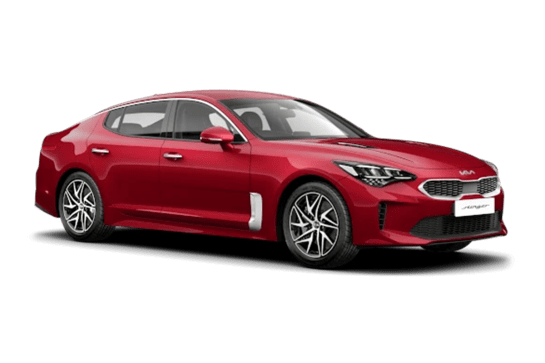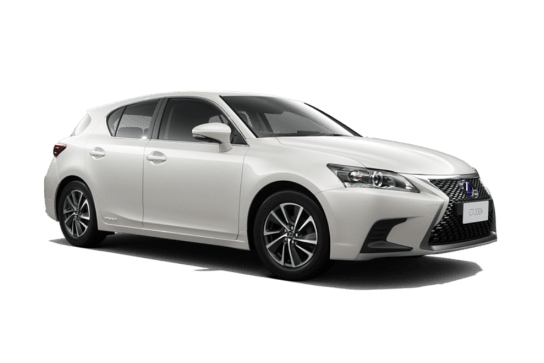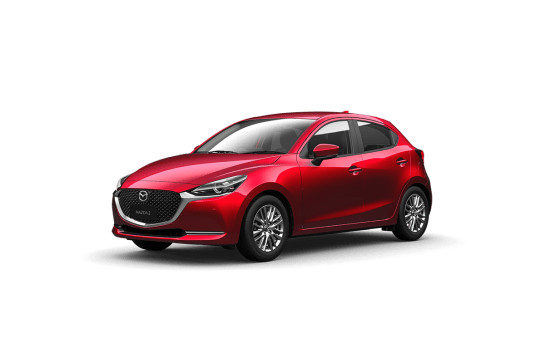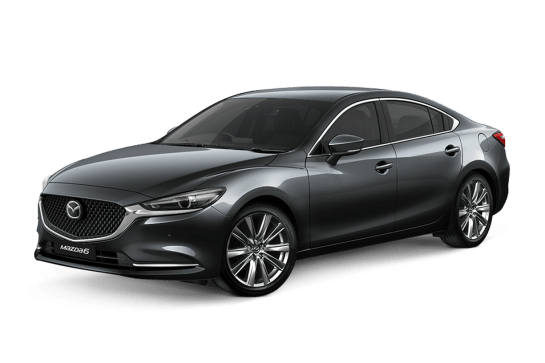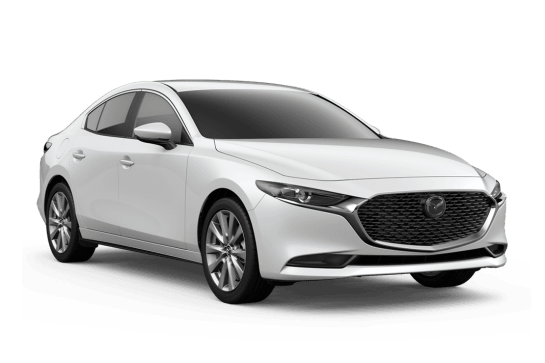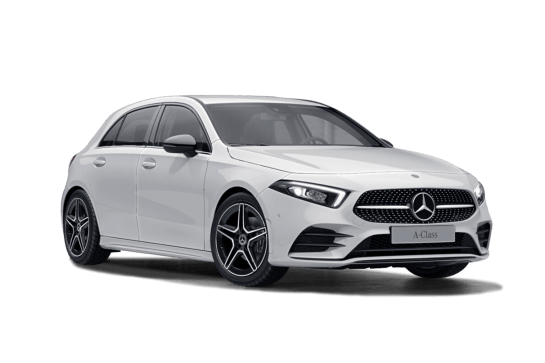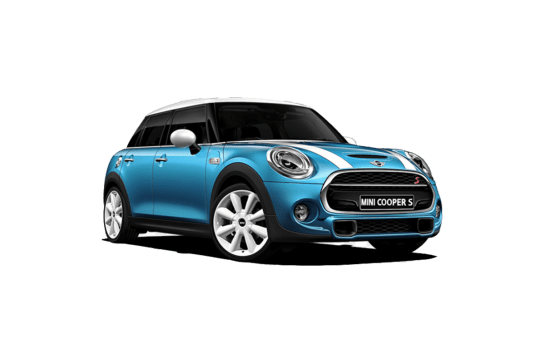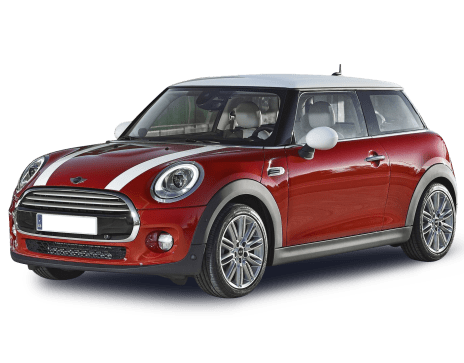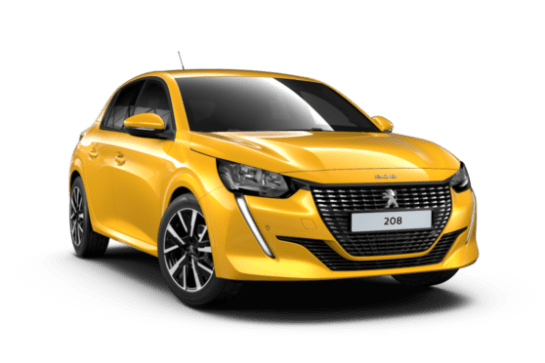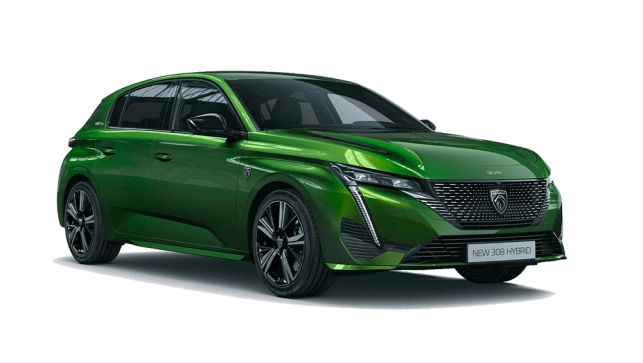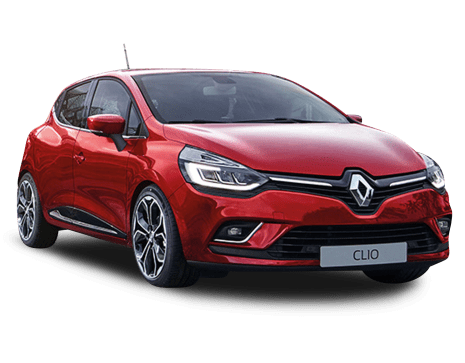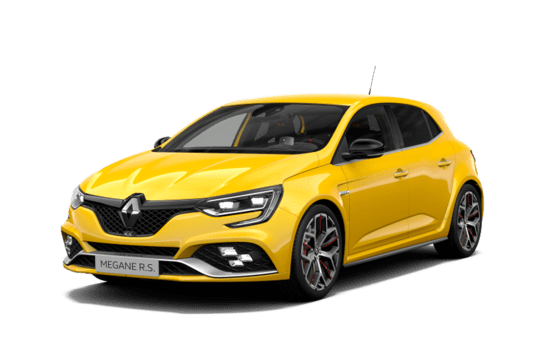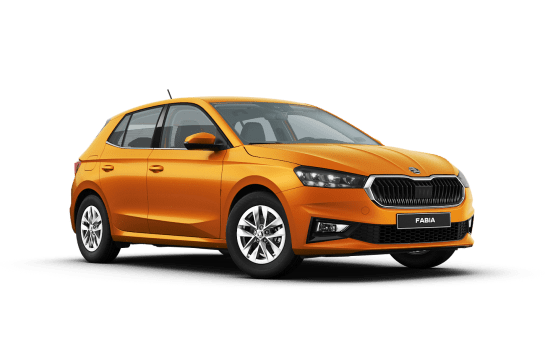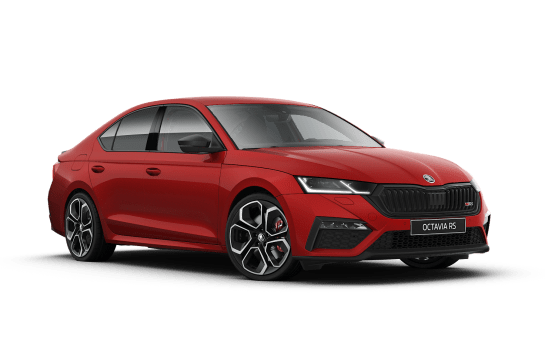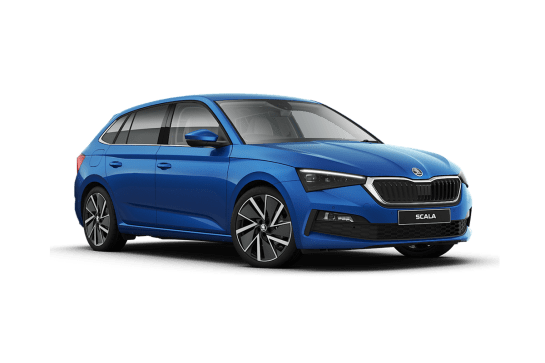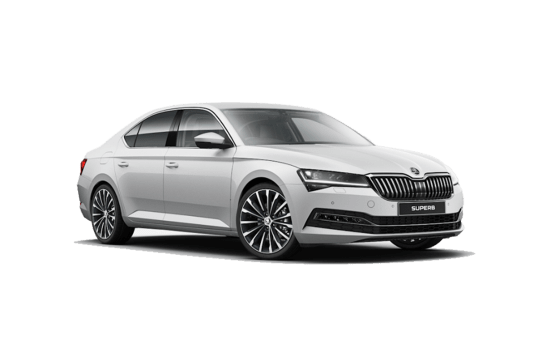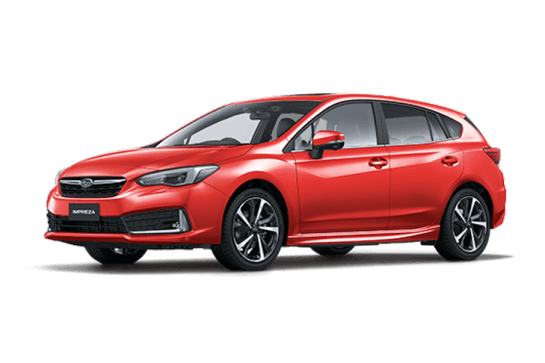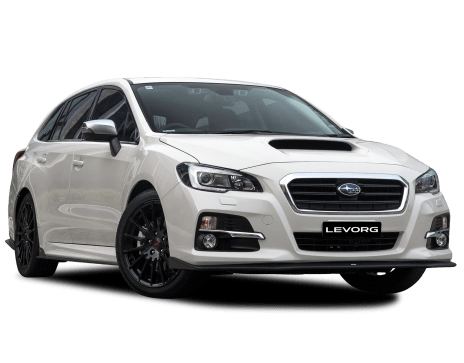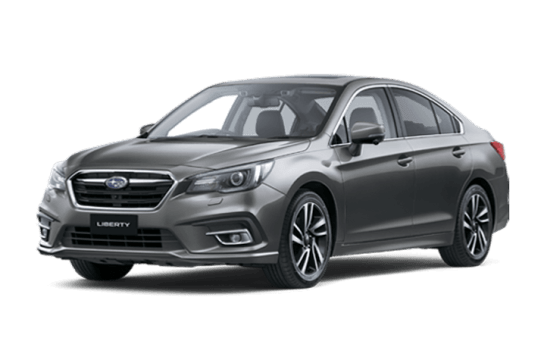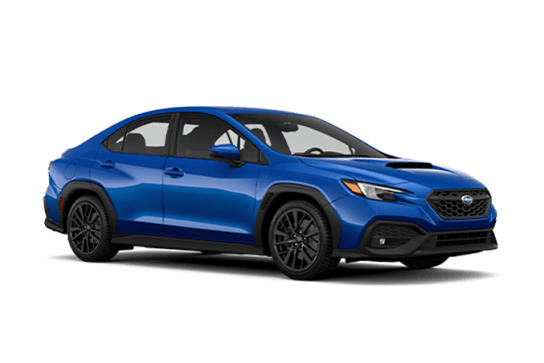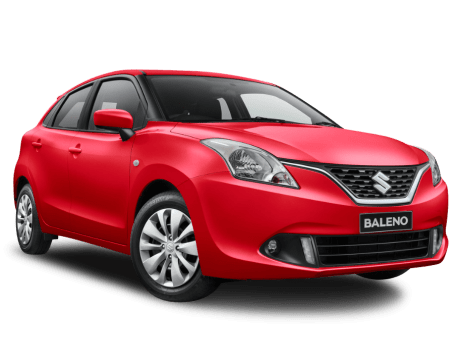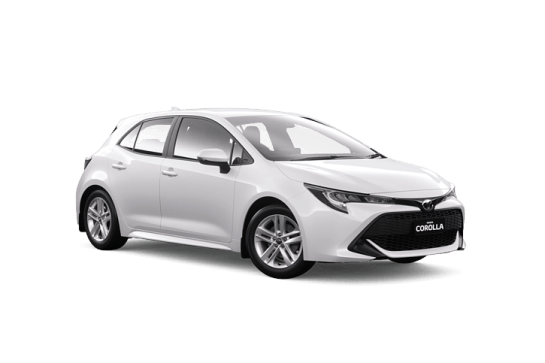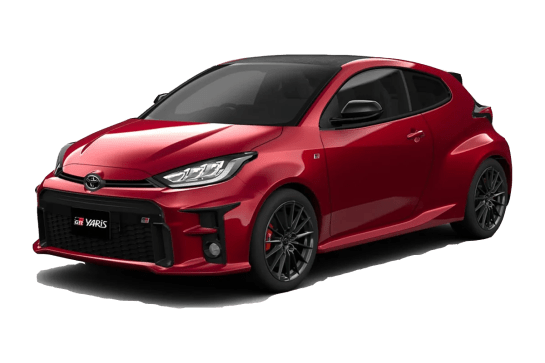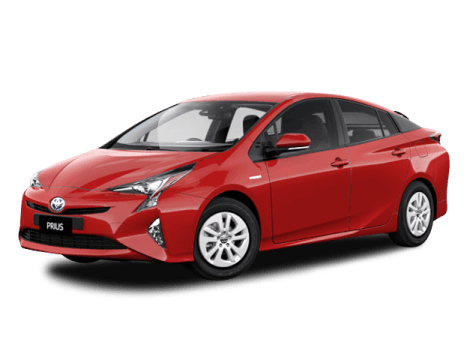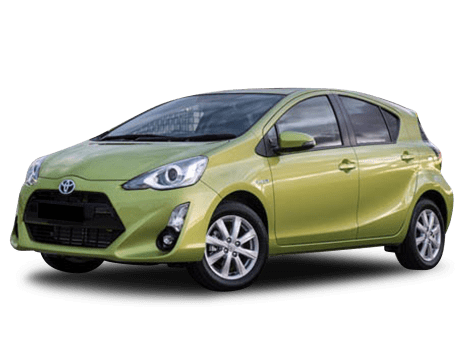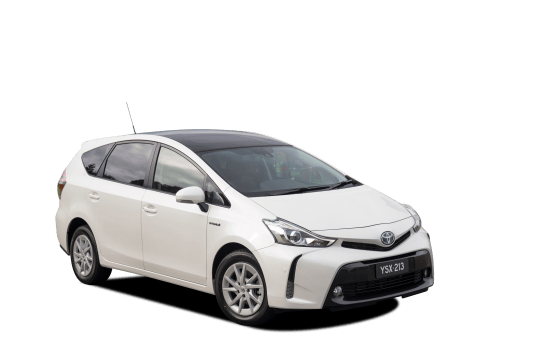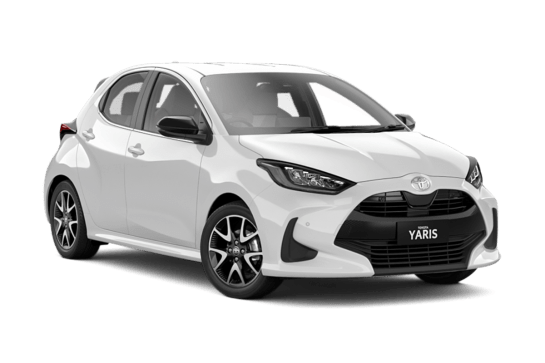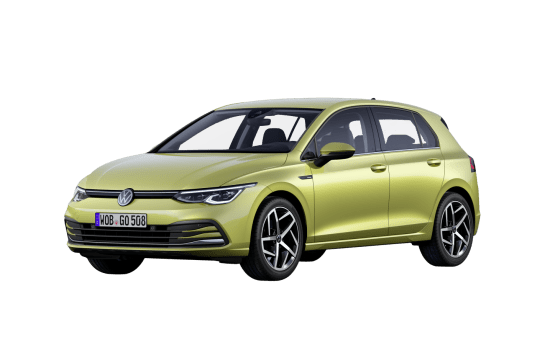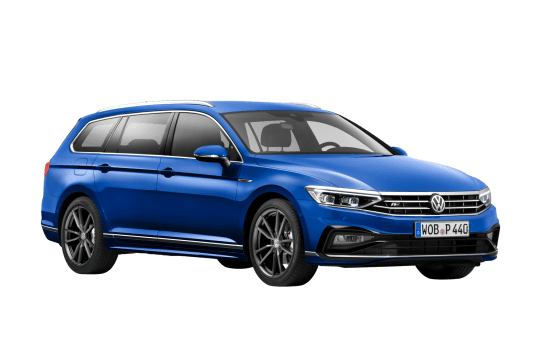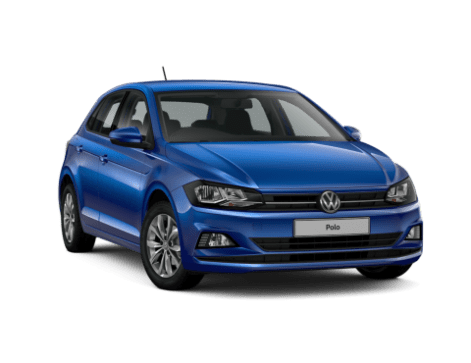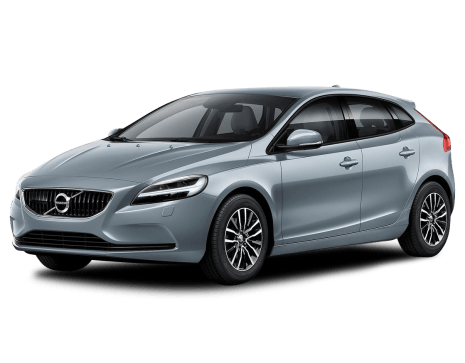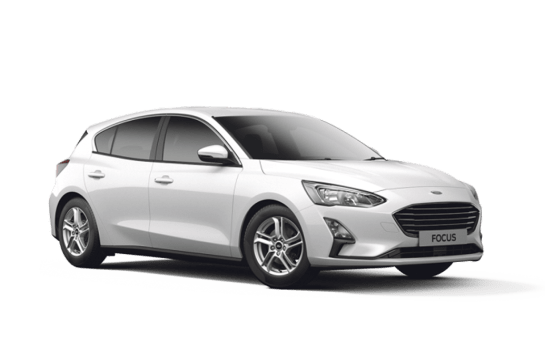
Ford Focus VS MG 3
Ford Focus
Likes
- Great chassis
- Well-equipped
- Surprising engine
Dislikes
- Optional advanced safety
- Better tyres would be nice
- Too many optional colours
MG 3
Likes
- Good ride
- Fun to drive
- Great ownership prospects
Dislikes
- Lacking safety tech
- Powertrain not great in demanding situations
- No digital speedo
Summary
Ford Focus
Ford's small hatch, the Focus, is criminally under-bought in Australia. The latest model is one of the best hatchbacks on the road and when you chuck in the decent price, impressive equipment and absurdly powerful engine for its size, it's a winner.
But you lot? You don't buy it in nearly the kinds of numbers it deserves. Partly because there isn't a bait-and-upsell boggo model to lure you in, partly because it's got a badge that is not exciting Australians any more and partly because it's not a compact SUV.
Or is(n't) it? Because alongside the ST-Line warm hatch is the identically priced and therefore technically a co-entry level model; the Focus Active. Slightly higher, with plastic cladding, drive modes and a conspicuous L on the transmission shifter, it's a little bit SUV, right?
| Safety rating | |
|---|---|
| Engine Type | 1.5L turbo |
| Fuel Type | Regular Unleaded Petrol |
| Fuel Efficiency | 6.4L/100km |
| Seating | 5 seats |
MG 3
This story has been updated in February 2022 to reflect market changes and pricing adjustments for the MG3. It was originally published in the first half of 2020.
My time at CarsGuide started in October 2017, and since then I’ve booked literally thousands of cars across Australia. One car that has eluded me - and the CarsGuide team - over that period is the one you see here: the MG3. Or the MG MG3, or MG 3, if you wish.
Despite asking MG’s Australian arm countless times to loan an MG3 hatchback over that period, the company in charge of the brand’s PR in Australia refused to agree to loan us a vehicle to test. Now the company has an in-house PR team with a pretty decent fleet of press cars, yet still, no MG3.
Over the years, our desire to review the MG3 hatch - and to help you decide whether it's right for you or not - has only gotten stronger because sales have skyrocketed. Back in late 2017 the brand was averaging only a handful of cars per month - indeed, just 52 examples of the MG3 were sold in total in 2017.
Since then, the MG3 has skyrocketed, and it is the best-selling light car in Australia. In 2021, the brand moved more than 13,000 MG3s - meaning it is averaging 250 cars sold per week. Makes the paltry 2017 numbers look a bit meagre. In becoming the number-one seller in the segment, it has beaten big-name rivals including the Kia Rio, Mazda 2 and now defunct Honda Jazz, while also being well clear of the cheaper Kia Picanto, which is what many people will be shopping this car against if price is a key driver for their decision.
And that's the case in point, really - a lot of its success comes down to the price of the Chinese-built, British-badged city car. It’s cheap - but is it a cheerful experience? We got the chance to find out in 2020, thanks to a friendly MG dealership in NSW - and this review has been updated with the most current pricing, because nothing else has changed.
| Safety rating | |
|---|---|
| Engine Type | 1.5L |
| Fuel Type | Premium Unleaded Petrol |
| Fuel Efficiency | 6.7L/100km |
| Seating | 5 seats |
Verdict
Ford Focus7.4/10
Ten years ago, the idea that the higher-riding version of a hatchback would be a good city car would have been laughable. The Focus Active is pitched as a kind of SUV with its different low-grip driving modes, which you'll never touch if you stick to the city.
The Ford Focus is genuinely a brilliant car, no matter where you take it. The Active takes a terrific chassis, tweaks it for comfort but, ironically, doesn't lose much of the speed.
MG 37.1/10
Aside from its safety shortcomings and underwhelming powertrain, it’s easy to see why the MG3 has become a successful part of the brand’s line-up. If you’re driving around a rural centre like I was, it makes a lot of sense.
Whether you choose the Excite model, which has a bit more visual pizzazz, or the Core model, which is our pick of the range, the MG3 is well priced, has the media tech buyers are after, is a charming looking thing that comes in a range of great colours, and is smartly packaged, too.
Thanks to the team at Orange MG for assisting us with this the loan vehicle for this review. Head to Orange MG for more information.
Design
Ford Focus
For a fairly conservative hatchback, the Focus came under fire for what some termed its derivative styling. I quite like it, and not just because the styling work was led by an Australian. The front end is very much family Ford, as long as it's the European arm of the family, fitting in with its smaller sibling, the Fiesta. The Active scores the usual black cladding, higher ride height and smaller diameter wheels, in exchange for more compliant, higher-profile tyres. All of that takes nothing away from a design that I think looks pretty good.
The cabin is well put together, with just that oddly angled touchscreen causing me a bit of a twitch. The design is a fairly steady Ford interior with a lot of switchgear shared with the Fiesta, but it's all quite nice. The materials feel mostly pleasant and the hardwearing fabric on the seats feels right for this kind of car.
MG 38/10
It’s a fresh looking thing, the MG3.
From its attractive front-end with “London Eye” LED daytime running lights, its Euro-look angular front bumper and chrome-trimmed grille, and its angular window lines, it really does have a distinct personality.
It looks a lot more modern and enticing than the first version of the MG3 sold here, and I have no doubt that a lot of buyers of the MG3 have been attracted by its sharp styling first and foremost. MG has done a tremendous job of creating a family look - it just happens that the family looks like it has been taking good care of itself, keeping active and trim, too.
The rear end isn’t quite as attractive, with the vertical tail-lights making it seem taller than it is. It’s still a nicely sculpted back-end, though.
On the Core model you’ll get some lower blacked-out design trim bits, and the wheels fitted are 15-inch alloys.
The Excite model seen here is a little more, dare we say it, exciting to look at. That’s down to its body kit, consisting of lower chrome elements on the front bumper, a set of black side skirts, and a hatch-mounted rear spoiler. You get 16-inch alloy wheels, too.
In terms of dimensions, it’s closer in size to the Kia Rio than it is the Picanto. With a length of 4055mm (on a long-for-its-size 2520mm wheelbase), a width of 1729mm and height of 1504mm, it’s a pretty chunky little unit.
It is rather conventional in the way its interior is designed, however - there’s no sliding second row (like the Suzuki Ignis) or flip-folding seats (a la the Honda Jazz). Check out the interior pictures below to see for yourself.
Practicality
Ford Focus
The Focus is quite roomy compared to other cars in its class. The rear seat has good leg and headroom, with the feeling of space accentuated by large windows. Annoyingly, though, all that work put into making the rear a nice place to be is ruined by a lack of amenities like cupholders, USB ports or an armrest.
Front-seat passengers fare better with two cupholders, a roomy space at the base of the console for a phone and a wireless-charging pad. The front seats are very comfortable, too.
The boot starts at a fairly average 375 litres - clearly sacrificed for rear-seat space - and maxes out at 1320 litres with the seats down. While you have to lift things over the loading lip and down into the boot, it's one of the more sensibly shaped load areas, with straight up and down sides. Ironically, the smaller Puma has a noticeably larger boot.
MG 37/10
If you’ve owned the same old car for years and you’re setting foot in an MG3 for the first time, you’ll probably feel amazed that you can get an interior with interesting finishes, a high-tech screen and decent materials at this price point.
Earlier versions of the MG3 were nowhere near as good inside as the current model, which has been on sale since 2018. It’s not perfect, but there are plenty of things to like.
The seats offer plenty of adjustment, including a huge amount of height adjustment for shorter drivers. The seat is comfortable, though some drivers might find it hard to get the right position: there is no reach adjustment for the steering wheel (only rake adjust), and you can’t adjust the seatbelt height, either.
I really like the seat trim which is a broad tartan design (with “synthetic leather” bolsters and contrast stitching in the top-spec Excite), mirrored by an etched tartan aluminium trim piece on the dashboard - it looks really smart, even if my OCD radar was set off by the fact the trim wasn’t aligned to match perfectly between the cushion sections. Take a look at the interior pictures to see what I mean.
There are some really nice elements to the cabin. Things like the 'lock' and 'unlock' button on the driver’s door, which looks like it has been stolen directly from Audi’s parts catalogue. The same can be said for the speedo instrument font.
There’s no doubt that it’s built to a price, but it doesn’t feel anywhere near as cheap as you might expect. We’ve criticised Audi, VW and Skoda for cutting costs with hard plastic trims on doors and dashboards, and the MG has plenty of hard plastics, too - but it’s expected at this price, not double it.
There’s a standard 8.0-inch touchscreen media system with AM/FM radio and Bluetooth phone and audio streaming, plus USB connectivity and smartphone mirroring - meaning you get Apple CarPlay, essentially negating the need for sat nav if you use an iPhone. You can option a GPS navigation system on the Core model, but satellite navigation comes standard on the Excite. There's no Android Auto mirroring available at all, though.
In previous models from the SAIC stable - including the LDV T60, and MG ZS - I had troubles with the media screen, but the version in the MG3 Excite I drove was quick and problem free, even when disconnecting and reconnecting my phone multiple times.
There are other little things that could be improved, like the fact the trip meter is difficult to navigate, and there’s no digital speedometer. Also, the digital climate control in the Excite model shows up on the media screen, though by way of a graphic rather than a temperature number. In the base model Core there’s a simpler manual a/c system.
The steering wheel has a part leather trim with perforated edges which makes it look and feel a little bit sporty – and it has a flat bottom as well, which will appeal to the sporty-minded buyer. There are stereo and cruise control buttons on the wheel, but the stalks behind are “back to front”, with the left stalk for indicators and lights, and the right for wipers.
As for storage, up front there is a single cup holder between the seats, a couple of small storage sections including a trench for a wallet, and another storage section in front of the gear selector - that’s where the MG3’s single USB port is, too.
The front door storage includes bottle holders, and there are soft padded elbow pads on the front doors - which is more than we can say for some of those aforementioned Euro brands.
With the driver’s seat set in my position (I’m 182cm tall), I had enough back seat space to be comfortable. There was enough knee room and toe room, and reasonable headroom if I sat perfectly still - although the slightest tilt of my head to the outer side of the car saw my noggin contact the headlining. Rear seat comfort is okay - the backrest is a firm, but there’s good visibility out the windows. There are dual ISOFIX child seat anchor points, and three top-tether points for baby seats.
In the back the storage is minimal. There are two map pockets, but no door pockets, and there’s no flip-down centre armrest with cupholders. But there is one large pocket in front of the middle-seat rear passenger which would do for a bottle. The back seat also misses out on soft elbow pads on the doors.
Boot space is good for a car in this size segment. You’ll only really do better if you buy a Honda Jazz or Suzuki Baleno, as the MG3 offers a deep and boxy cargo zone, with a cargo capacity of 307 litres to the cargo cover.
Need more luggage capacity? The back seats fold down in a 60:40 split, alleviating 1081L of space - though the load-through is limited as the seats don’t fold completely flat. Or you could fit a roof rack.
Price and features
Ford Focus
The Focus Active wears a $30,990 sticker but the several people I know who bought one haven't paid that much, so Ford dealers are obviously keen to do deals. Even at that price, it's got a fair bit of stuff. The Active has 17-inch wheels, a six-speaker stereo, dual-zone climate control, reversing camera, keyless entry and start, front and rear parking sensors, cruise control, auto LED headlights, LED fog lights, sat nav, auto wipers, wireless hotspot, powered and heated folding door mirrors, wireless phone charging, a big safety package and a space-saver spare.
Ford's SYNC3 comes up on the 8.0-inch screen perched on the dashboard, which weirdly feels like it's facing away from you slightly. It has wired Apple CarPlay and Android Auto, sat nav, DAB+ and also looks after various functions in the car.
The panoramic sunroof is a stiff $2000 and includes an annoying perforated cover rather than a solid one.
MG 38/10
The success of the MG3 in Australia has been largely driven by its price.
And no wonder - pricing for cars of this size has increased steadily, and plenty of brands have found their light cars in the "too hard" basket as a result.
But the MG3 is still relatively cheap. Prices have jumped over the time since we drove this particular car, but they're still sub-$20K for all models in the range.
For context, the 2020 model started at just $16,490 drive-away for the Core model and topped out at $18,490 drive-away for the top-spec Excite, and those prices were the RRPs listed on MG’s site at the time.
But now the MG3 has become a bit pricier - the current pricing for the range is up, with the base model Core now $18,490 drive-away, while the Core with Nav model costs $18,990 drive-away, and the top-spec Excite grade is a Macca's meal short of twenty grand at $19,990 drive-away.
Wondering what features you get when it comes to the models in the range? It's pretty simple, so let’s run through what each model gets.
The Core gets 15-inch alloy wheels, cloth tartan finish seat trim, auto on/off halogen headlights with LED daytime running lights, manual air conditioning, electric windows, electric mirrors, and a leather steering wheel with audio and cruise control buttons. There’s a space-saver spare wheel, too.
The media system includes a 8.0-inch touchscreen with USB connectivity, Apple CarPlay (no Android Auto), Bluetooth phone and audio streaming, and AM/FM radio. There’s no CD player, and the Core model gets four speakers. If you're keen on sat nav, you can step up to the Core Nav model, which adds $500 to the bill.
Stepping up to the Excite nets you a few extras like 16-inch two-tone alloy wheels and a body kit, body-coloured mirrors, vanity mirrors in the sun-visors, and synthetic leather trim on the seats with contrast stitching.
The Excite also includes GPS sat nav as standard, and steps up the sound system to be a six-speaker unit with “Full Vehicle Yamaha 3D Sound Field”.
Interested in the safety spec inclusions? Read the safety section below for what’s included, and what’s missing.
Our friendly MG dealer let me know that he can’t get enough of the Tudor Yellow models, and that colour - as well as Dover White and Pebble Black - are no-cost optional hues. You should bare in mind that Regal Blue metallic, Scottish Silver metallic and Bristol Red metallic (as seen here) will set you back an additional $500. Looking for orange, green or gold paint? Sorry, no can do.
As for accessories, beyond floor mats there’s not a lot to speak of. Oh, and those wishing for a sunroof? No chance… unless you’re handy with a Sawzall. Note: do not cut a hole in the roof of your car.
While the prices have gone up since we originally published this review, the MG3 still scores strongly for pricing and specs, because the market has moved up, too, and like-for-like it's still cheaper than almost all of its rivals - Picanto excluded.
Under the bonnet
Ford Focus
Ford does an excellent range of small turbo engines. The "normal" Focus range (such as it is, now the wagon has disappeared from the market) comes with a 1.5-litre turbocharged three-cylinder engine. Bucking the SUV-this-size trend (yes, I know it's not really an SUV), this punchy little unit delivers an impressive 134kW and 240Nm. They're both very decent numbers for such a small engine.
The big numbers continue with the transmission boasting eight gears, a number you don't often find in a hatchback. It's a traditional torque-converter auto, too, so those of you who have bad memories of Ford's old PowerShift twin clutches should worry no more.
Power goes to the front wheels only and you'll get from 0 to 100km/h in 8.7 seconds.
MG 36/10
Keen to know the engine specs for the MG3? Well, it’s pretty simple on the specifications front.
There’s just one motor available: a 1.5-litre four-cylinder non-turbo petrol engine, dubbed NSE Major by MG.
It has class competitive outputs of 82kW (at 6000rpm) and 150Nm (at 4500rpm). It is only available with a four-speed automatic transmission and front-wheel drive. There’s no manual transmission available anymore - it was available in the earlier MG3s, but no more.
While some competitors offer higher-powered flagship variants that act as the horsepower hero of the range, there’s no such variant in the MG3 range. Not yet, anyway. For now there’s just one engine size, no turbo, and no diesel or EV models to speak of either.
The tare mass/tare weight for the MG3 hatch is 1170kg, which is a bit heavier than a Mazda 2, but pretty much on par with a Kia Rio.
Considering a caravan holiday with your new MG3? Maybe think twice - the maximum towing capacity is just 200kg.
If you’re worried about engine problems, clutch problems, or have questions about the battery, gearbox, or the oil requirements, be sure to stay tuned to our MG problems page. And if you're curious about whether it has a timing chain or timing belt? It's a chain.
Efficiency
Ford Focus
Ford's official testing for the big window sticker delivered a 6.4L/100km result on the combined cycle. In my time with the Focus, I got 7.2L/100km indicated on the dashboard, which is a pretty solid result given the Focus spent a good deal of the time on suburban or urban roads.
With its 52-litre tank, you'll cover around 800km if you manage the official figure, or just over 700km on my figures.
MG 37/10
The combined cycle fuel consumption claim - which is what the brand claims the vehicle should use across a mix of driving situations - is the same across the MG3 line-up: 6.7 litres per 100 kilometres.
During my time with the car - which consisted of exactly 100km of mixed driving - I saw an at-the-pump fuel economy return of 7.7L/100km, which is decent.
The fuel tank capacity of the MG3 is 45 litres - meaning a theoretical mileage per tank of about 580km. It runs on regular unleaded (91RON), too.
Just be aware, the filler neck of the fuel tank is a little less angled than some other cars, so you might find it can splash back when it ‘clicks’ the first time.
Driving
Ford Focus
Despite the very mild off-road pretensions, if it's a comfortable city ride you're after, the Active is the Focus to have. While the ST-Line isn't uncomfortable - not by a long way - the Active's more compliant tyres and higher ride height (30mm at the front and 34mm at the rear) iron out the bigger bumps without sacrificing much of the sportier car's impressive dynamic prowess, even with the low-rolling-resistance tyres.
The cracking 1.5-litre turbo is responsive and well-matched to the eight-speed auto. The big torque number pushes you along the road and makes overtaking much less dramatic than a 1.5-litre three-cylinder has any right to.
Ford's trademark Euro-tuned quick steering is also along for the ride, making darting in and out of gaps a quick roll of the wrist, which has the added benefit of meaning you rarely have to take your hands off the wheel for twirling. That darting is aided and abetted by the engine and gearbox, with the turbo seemingly keeping the boost flowing with little lag. It's almost like they planned it that way.
You have good vision in all directions, which almost renders the fact that the blind-spot monitoring is optional acceptable. Almost. It's very easy to get around in, easy to park and, just as importantly, easy to get in and out of. Compared to, say, a Toyota Corolla, the rear doors are very accommodating.
MG 37/10
You might think of MG as a sports car brand - that’s what they built back in history, after all, and those are the reminiscences the company is hoping you’ll have when you see the famed octagonal badge.
And of the current crop of models that MG sells in Australia, the MG3 is undoubtedly the sportiest.
That comes down to its driving manners, steering and ride - but not the engine and transmission.
The powertrain feels to be lacking enough power and torque to make it feel light and zippy when accelerating. The automatic transmission doesn’t make the greatest use of the engine, and can be indecisive when climbing hills or when you ask more of the car. Oh, don’t even think about a 0-100 performance claim - no such number exists.
In urban driving at lower speeds it’s fine. Between traffic lights and encountering roundabouts, and there’s not much to complain about. It doesn’t have any lag or lurch from a standstill, and is smooth and quick enough to get away from rest, too.
It’s just once you start to ask more of the engine and transmission that you notice that things could be better. There is, at least, a manual shift mode for the transmission to allow you to take control of the shifts, and there’s a sport mode too, which will hang on to gears and quell the indecision of the transmission to a degree.
On the open road it gets along fine, sitting at the speed limit without much fuss - although once you encounter a hill, you will notice the speed drop off a little. And the cruise control seemingly has a bit of a mind of its own, with a set speed displayed at 100km/h, I noticed the speed varying between 90km/h and 110km/h, depending on the terrain.
It’s the road holding, grip, handling and steering that help it live up to the badge, with steering that has a nice hefty weight to it and good directness at pace or around town. It even offers a little bit of feel through the wheel, which is welcome. That grip was surprising given the tyres fitted to the Excite’s 16-inch alloy wheels (Giti GitiComfort 228 tyres in 195/55/16 size).
The ride is tuned with a firmer character to it than you might expect. It’s not to the point of discomfort, and nor is it fidgety or clumsy over potholes or sharp edges. And that tune for the Macpherson strut front suspension and torsion beam rear suspension means that it feels plenty grippy in corners. Over my drive loop - incorporating sweeping bends and tighter twists - the MG3 stuck itself to the road commendably, with no noticeable skittishness to speak of.
Indeed, I kept thinking that the suspension tune reminded me of a VW, Skoda or Audi city car - assured, confident, and ultimately a bit of fun.
The braking performance was good, too - it pulled up true and straight under heavy braking, and offered decent response at city speeds, too.
One minor criticism was some noticeable wind noise from around the windscreen pillar / mirror area, which was evident at speeds from 70km/h up.
Safety
Ford Focus
The Active has six airbags, ABS, stability and traction controls, forward AEB (low speed with pedestrian avoidance and highway speeds), forward collision warning, lane-departure warning, speed-sign recognition and active lane-keep assist.
Annoyingly - and I can't for the life of me work out why this is a thing - despite some advanced safety features in the base package, you have to pay $1250 extra for blind-spot monitoring, reverse cross traffic alert and reverse AEB, which are part of the Driver Assistance Pack. No, Ford is not the only company to do this.
The back seat has two ISOFIX points and three top-tether anchors.
The Focus scored five ANCAP stars in August 2019.
MG 36/10
Safety technology is the MG3’s biggest shortfall. There’s no ANCAP crash test safety rating to speak of, and the MG3 doesn’t come with any form of auto emergency braking (AEB), which is disappointing given the tech has been available on affordable city cars since 2013 (the VW up! was an early benchmark).
Even the facelifted Mitsubishi Mirage has AEB with pedestrian detection, but the MG3 doesn’t. Nor does it come with lane keeping assist, lane departure warning, blind spot monitoring, rear cross-traffic alert or rear AEB.
So what do you get? The range comes standard with a reversing camera, rear parking sensors, electronic stability control, and six airbags (dual front, front side, full-length curtain). And that may be enough for you, but we know you can get more safety tech in rival cars, so it can’t score well against this criteria.
Where is the MG3 built? It’s made in China.
Ownership
Ford Focus
Ford offers a five-year/unlimited-kilometre warranty and a roadside-assistance package that consists of a membership to your local motoring organisation.
The first five services cost $299 each and also include a free loan car and a 12-month extension to your roadside assist membership for up to seven years.
MG 38/10
I kept thinking about one particular thing over my time in the MG3 - the warranty. It’s such a great peace of mind move from the company to back its cars with a seven-year/unlimited kilometre warranty plan.
If your brain works like mine, you could calculate it out and see the purchase of the MG3 completely differently: what about thinking of it as a $2500-ish-per-year investment, and at the end you get a free car…! The same can be said of the Kia Picanto and Rio, though.
That warranty should put your mind at ease when it comes to reliability, problems, common faults and issues, as any required fixes are set to be covered by the brand over that period. And buyers get seven years of roadside assistance included, too.
Maintenance is required every 12 months/10,000km, whichever comes first. That’s a bit more regular than some rivals (most have 15,000km intervals), but the brand backs its cars with a seven-year fixed service cost plan. Servicing costs averaged out over the first seven years/70,000km of ownership equate to $382 per visit (before GST), which isn't cheap, but nor is it expensive.
Here's a rundown of the recommended service costing (all prices pre-GST): 12 months/10,000km: $231.76; 24 months/20,000km: $385.23; 36 months/30,000km - $379.72; 48 months/40,000km - $680.74; 60 months/50,000km - $231.76; 72 months/60,000km - $533.19; 84 months/70,000km - $231.76.
Keep the service logbook stamps up to date in your owners manual - it’s a ticket to better resale value.


